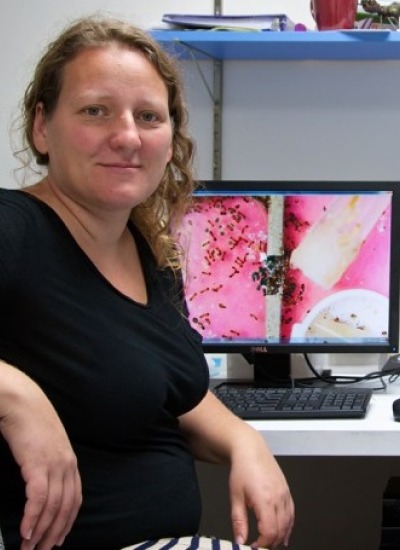Anna R Dornhaus
Publications
Abstract:
Why do some social insects have sophisticated recruitment systems, while other species do not communicate about food source locations at all? To answer this question, it is necessary to identify the social or ecological factors that make recruitment adaptive and thus likely to evolve. We developed an individual-based model of honey bee foraging to quantify the benefits of recruitment under different spatial distributions of nondepleting resource patches and with different colony sizes. Benefits of recruitment were strongly dependent on resource patch quality, density, and variability. Communication was especially beneficial if patches were poor, few, and variable. A sensitivity analysis of the model showed that under conditions of high resource density recruitment could even become detrimental, especially if foraging duration was short, tendency to scout was high, or recruits needed a long time to find communicated locations. Colony size, a factor often suspected to influence recruitment evolution, had no significant effect. These results may explain the recent experimental findings that in honey bees, benefits of waggle dance recruitment seem to vary seasonally and with habitat. They may also explain why some, but not other, species of social bees have evolved a strategy to communicate food locations to nest mates.
Pagination
- First page
- Previous page
- …
- 10
- 11
- 12
- 13
- 14
- 15
- 16
- 17
- 18


